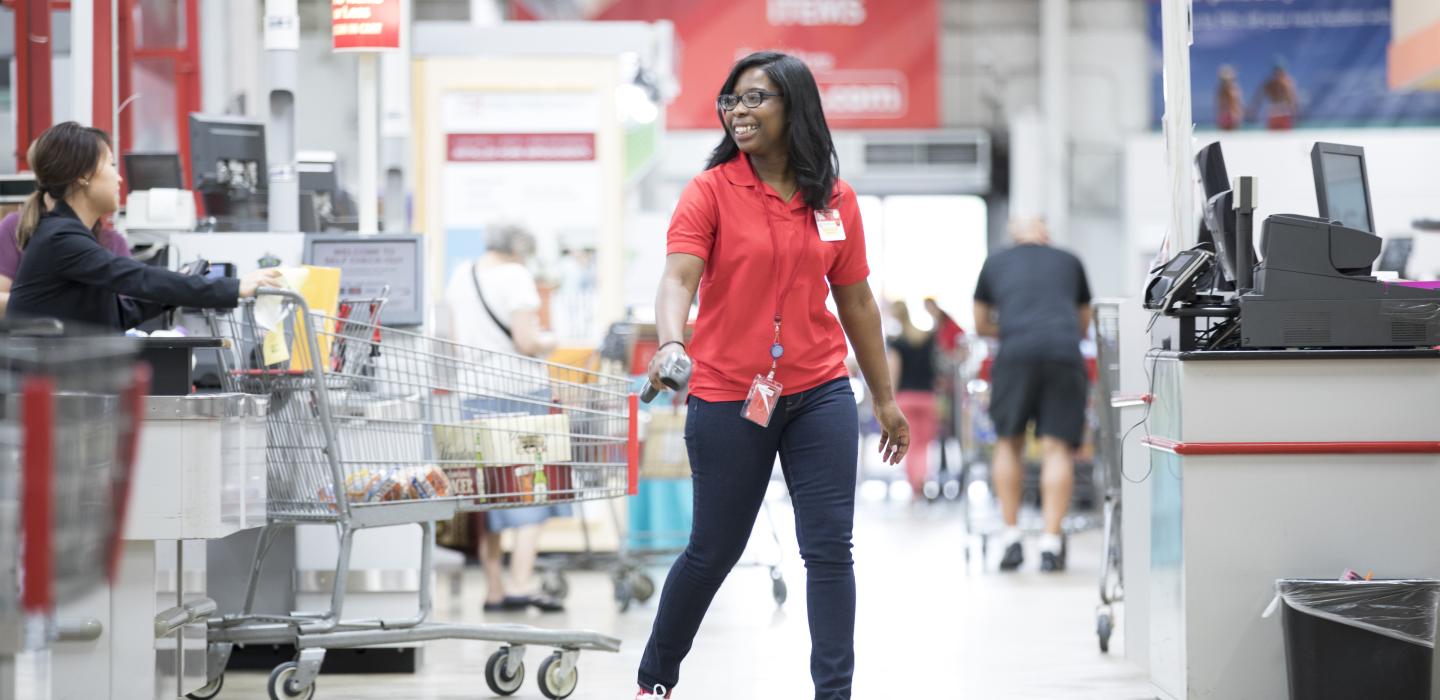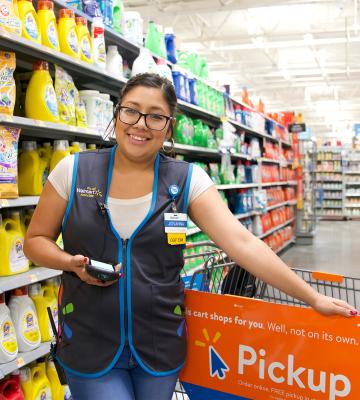
From first jobs to lifelong careers, retail launches more people into employment than any other. From the part-time sales associate at a local store on Main Street to an app-developer for a major retailer, the retail industry directly employs 32 million Americans, making it the largest private sector-employer in the economy.
Anyone whose job results in a consumer product – from those who supply the raw materials to factory workers to the truck drivers who deliver goods to stores – counts on retail for their livelihood.
With 4.6 million retail establishments drawing on a vast array of suppliers, retail supports 55 million jobs and represents $2.2 trillion of annual GDP in the United States.

Retail job numbers
The common source for this data, the U.S. Bureau of Labor Statistics, presents an inaccurate picture of retail jobs because they exclude anyone outside of a store, including corporate office, distribution center, call center and innovation lab employees, but even this data still shows retail employment had not been in decline prior to the pandemic.
Retail employees like their jobs. According to research by Gfk, nearly 8 out of 10 retail store employees say they are satisfied with their current job and say they are “happy working in retail.”
6 in 10 store employees have been promoted
A study from GfK study found that working in retail offers plentiful opportunities for advancement. In fact, 6 out of 10 current retail store employees have been promoted and about 9 out of 10 have earned a raise.
29 percent of retail employees are part time
For many in the working world, flexibility and part-time options are essential. Twenty nine percent of retail employees are part-time, providing an option for those who need flexibility, including students pursuing a degree, working parents and teenagers.
Part-time workers allow retailers to meet shoppers’ needs and keep their businesses staffed during busy shopping times. Part-time workers fall typically in the younger and older age categories because the flexible hours fit the needs of many students and semi-retired workers.
62% of retail store managers say they reached their current position by “moving up the ranks” in the industry, for example starting as a store associate.
Ro started as a part-time cashier at The Home Depot. Now she’s a regional vice president helping others rise through the ranks.
of part-time employees in the United States work in retail.
Part-time work plays an important role in the U.S. economy
- 75 percent of part-time employees are part-time by choice, according to the Bureau of Labor Statistics.
- An NRF Survey found that 37 percent of part-time retail employees say they took a retail job specifically because of the flexibility they needed because they are in school, 21 percent because they work another job and 11 percent needed the flexibility because they are stay-at-home parents.
- Part-time employment helps boost personal finances. An NRF study found that 21 percent of former part-time employees say their retail job helped them through a tough time financially, 14 percent credit their retail job for giving them a “financial cushion” and 10 percent say their job helped them pay off debt or loans.
Love for retail can catch people by surprise. Lynn started as a part-time associate as a teenager. Now he’s vice president of operations at Tractor Supply Company.
Retail as a first job
Working in retail is a shared experience among many Americans and often the first introduction to the workplace. In fact, six in 10 Americans have worked a retail job, and nearly a third (32 percent) of all first jobs were in retail. The average age for a first job in retail is just 16.
of America’s working teenagers work in retail.
Working in retail prepares young people for their next professional opportunity. An NRF study found that hiring managers across industries overwhelmingly believe that retail experience develops the skills and traits they seek in prospective job candidates and that these skills are readily transferable across industry sectors and should be leveraged throughout any professional’s career.
- 71 percent of hiring managers say that retail provides its employees foundational skills and experience that are transferable to other industries and recommend that employees include retail experience on their resumes.
- 80 percent of hiring managers state that the skills and traits that are most important to them are the same skills and traits that more than eight in 10 current retail employees say they use regularly.


